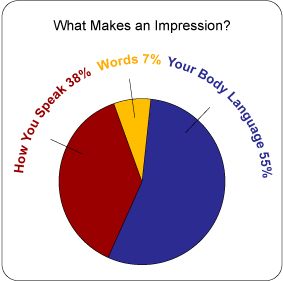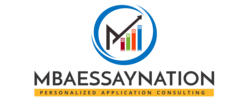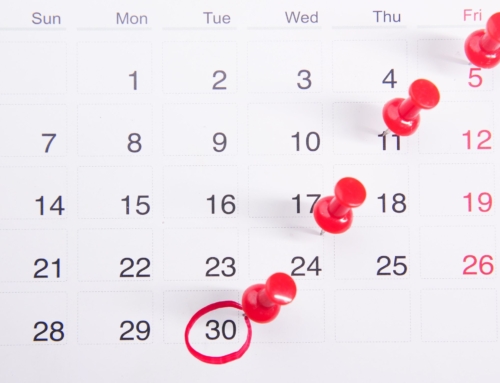How To Prepare For Your MBA Interview
With less than an hour to go, I sat poring through the stack of applications. Impressed with the quality of the applications, I and the other interview panel members, looked forward to meeting the candidates. But when we began the interviews, many candidates, despite their compelling applications, couldn’t succeed in convincing the interview panel about why they were a solid fit for the business school. It had less to do with what they had achieved.
And much more to do with how they described what they had achieved.
While there’s no arguing that writing powerful essays and building strong applications are crucial, the importance of preparing well for MBA interviews cannot be stated enough.
If you are a business school applicant, an interview is a golden opportunity to market yourself in person.
In addition, to all that you’ve mentioned in your application, you could add greater context to what you’ve done so far. Interview panels, comprising faculty members and alums, are experts in asking the right questions to ascertain if both an applicant and the business school are a good fit for each other. By combining information provided in the applications with the verbal information that candidates provide, interviewers can determine both the intent and the attributes of the applicants.
So, how can you present yourself as a strong candidate during your interview?
Not Just Verbal
Through not just verbal but also non-verbal communication.
But aren’t interviews all about verbal communication? That’s partly true. Because what’s also true is that humans subconsciously base much of their impressions on non-verbal cues.
At 93%, non-verbal communication takes the lion share of how you are perceived by your audience. A measly 7% is the verbal component.
This is known as the 55-38-7 rule and was proposed by Albert Mehrabian, Professor of Psychology at UCLA. According to Dr Mehrabian, during interviews or presentations, your audience’s perception of you is split as shown in the below image –

55-38-7 impressions rule
First Impressions
Clearly, body language seems to play a super important role, followed by the tone of your voice. Think about it for a second. When you meet someone for the first time, what do you think of them? By the end of your interaction, you’d have formed an impression which could be anything from “He’s so timid”, to “She’s confident” to even “What a brash person!”. A lot of these impressions have less to do with what the individuals would’ve said to you and more to do with their body language and tone.
Does 93% always trump the 7%?
Now this doesn’t mean that you only rely on appearing confident while your achievements take a backseat. Remember if you’ve made it to the interview rounds of any leading business school, it means your accomplishments are indeed commendable. But so are those of the other MBA applicants. How do you differentiate yourself from a highly competitive set of individuals? And that’s why simply relying on the strengths of your achievements or profile is not the best thing to do.
From the time you walk into the interview room till you walk out of it, you are a composite of your facial expressions, gestures, and voice. Whether you sit straight in your chair, fold your hands, clench your fists, make eye contact, or speak loudly or too softly — all these are also evaluated and factored in by the interviewers as they interact with you.
To Respond or To React?
Not only that, it’s critical to prepare for how you’d respond when subjected to difficult questions from your interviewers. For instance, interviewers can sometimes resort to adopting an adversarial stance. Sarcasm or plain disinterest on the part of interviewers can be unnerving especially in high pressure situations like interviews. Such interviews even have a name – stress interviews.
Irrespective of whether you find yourself in a stress or a non-stress interview, it’s important to remember what you can control and what you can’t.
The ‘Controllables’
The way you structure your responses along with maintaining a respectful attitude towards others are both within your control.
To provide well-structured responses, you must practice well for the interview.
In addition, to choosing what narratives you’ll include as part of your responses, practicing well would include how you communicate through a combination of assertive body language and voice modulation.
What Next?
In the next post, I’ll outline several do’s on body language and voice modulation that you can use during your interviews.
If you found this post helpful, then please check out my blog on mbaessaynation.com for more tips on how to practice for your interviews and to manage stress.







![CMU Tepper MBA Essays for 2022-2023 – Essay Questions, Tips, and Deadlines [With Sample Essays Inside]](https://mbaessaynation.com/wp-content/uploads/2022/09/MBAEssayNation-Blog-Post-Header-Image-4-500x383.png)